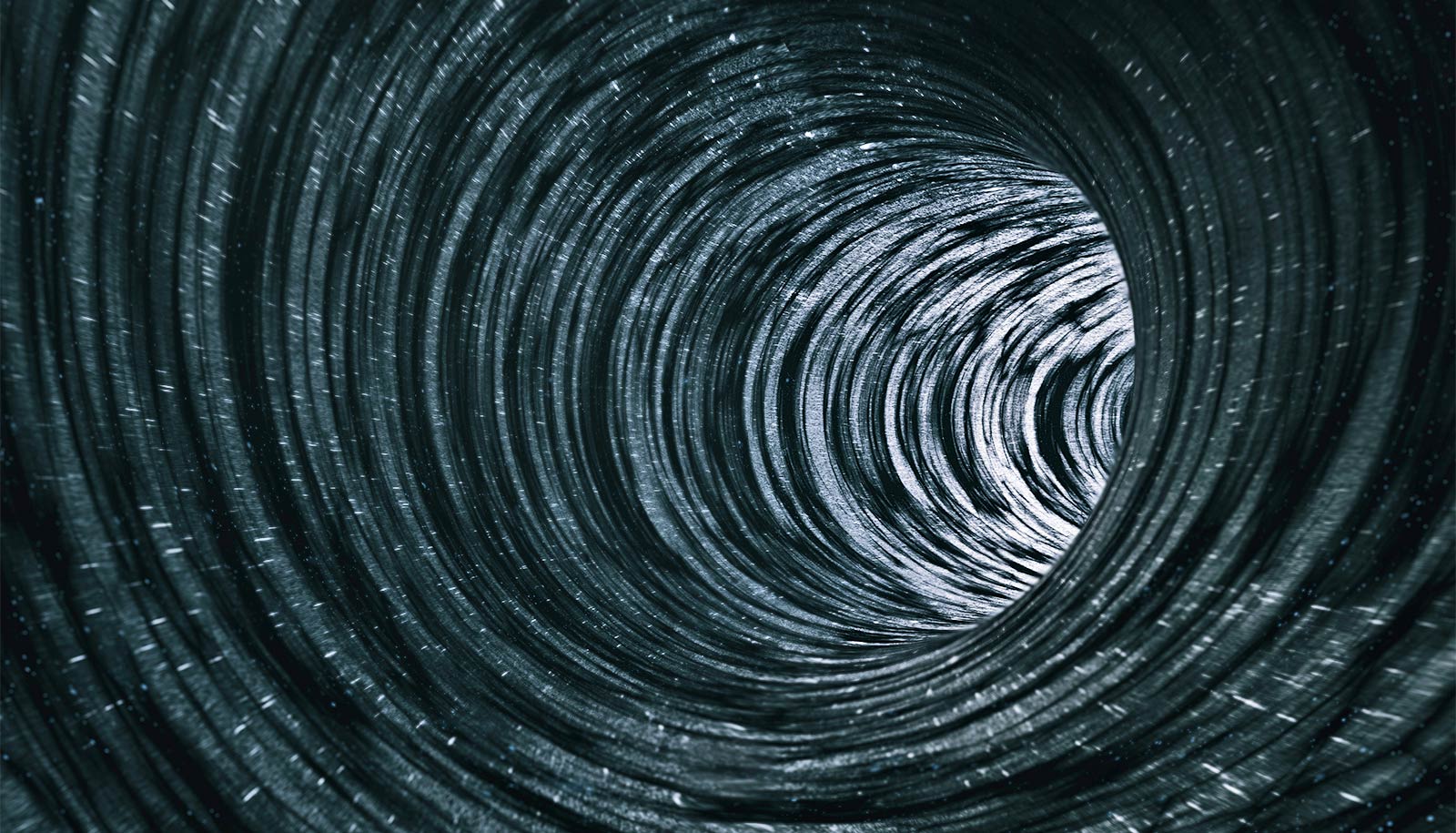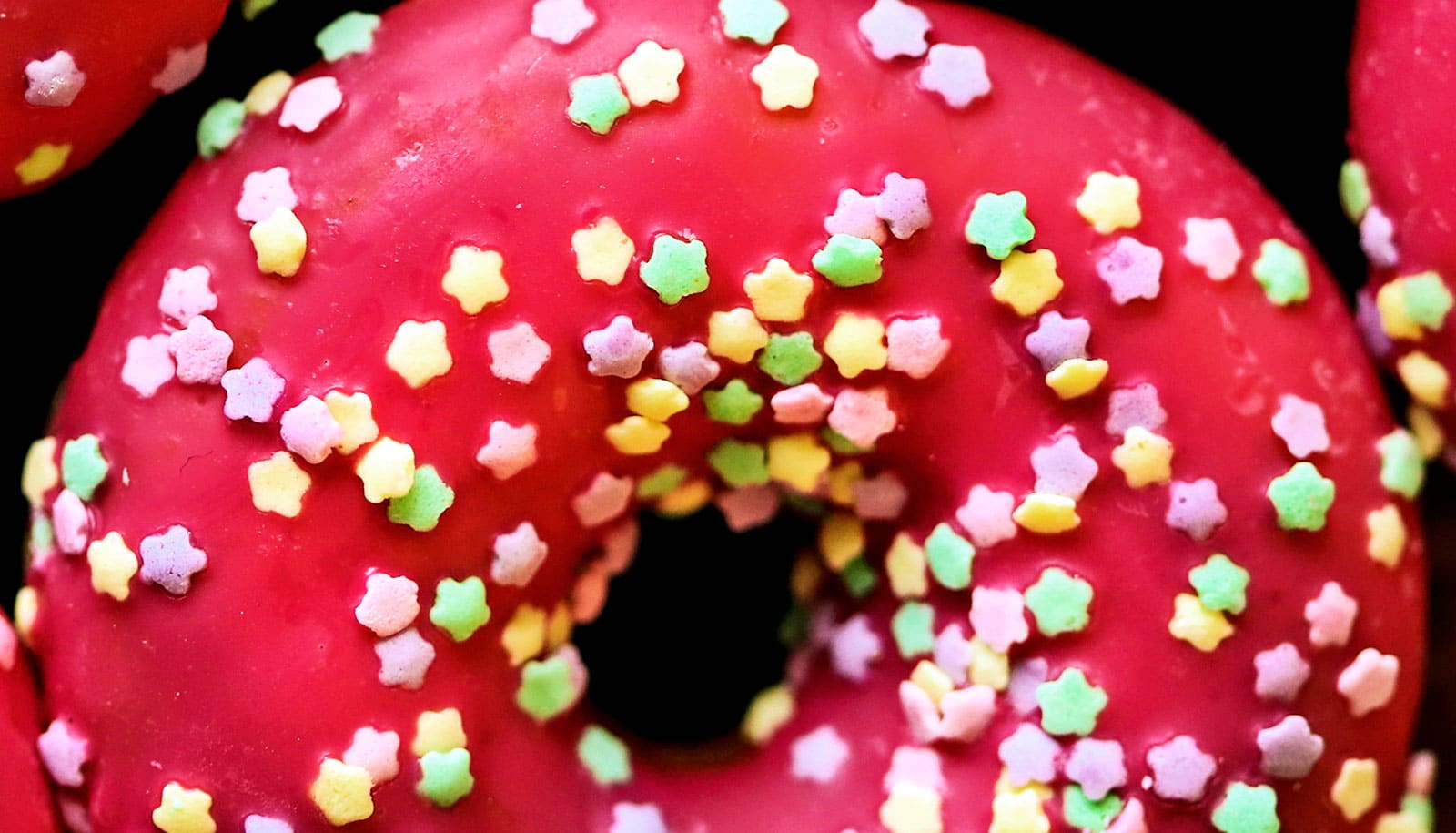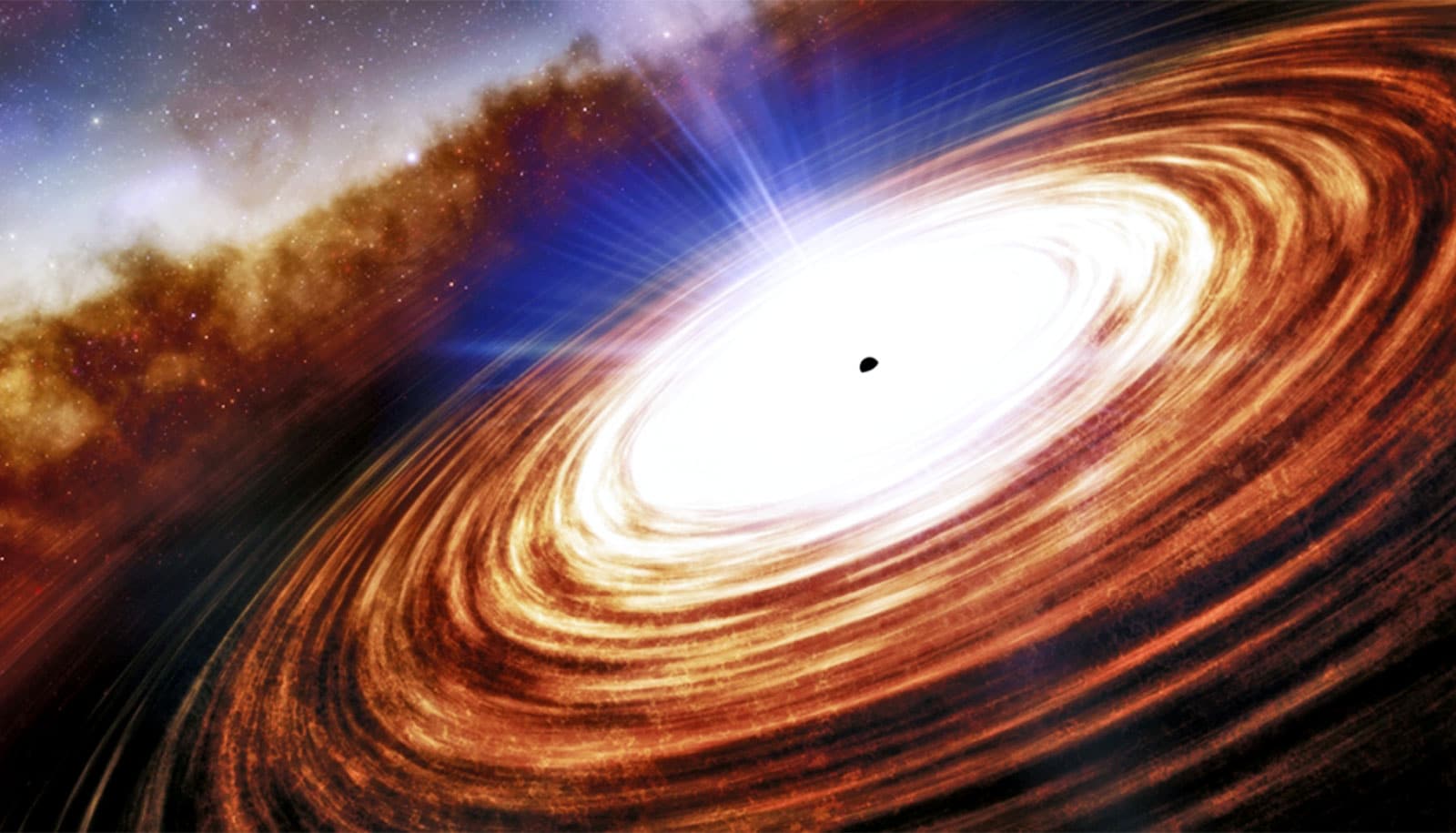
"The big question is, what were our beginnings? The sun is one star in 100 billion in the Milky Way galaxy, and there's a massive black hole sitting in the middle, too. What's the connection between the two?" Joseph Silk says. "Within a year we'll have so much better data, and a lot of our questions will begin to get answers." (Credit: Getty Images )
Cosmic surprise: Black holes existed at universe’s birth
"This could completely shake up our understanding of how galaxies form," says Joseph Silk.
Black holes not only existed at the dawn of time, they birthed new stars and supercharged galaxy formation, new research suggests.
The insights upend theories of how black holes shape the cosmos, challenging classical understanding that they formed after the first stars and galaxies emerged.
Instead, black holes might have dramatically accelerated the birth of new stars during the first 50 million years of the universe, a fleeting period within its 13.8 billion-year history.
“We know these monster black holes exist at the center of galaxies near our Milky Way, but the big surprise now is that they were present at the beginning of the universe as well and were almost like building blocks or seeds for early galaxies,” says lead author Joseph Silk, a professor in the physics and astronomy department at Johns Hopkins University and at the Institute of Astrophysics, Paris, Sorbonne University.
“They really boosted everything, like gigantic amplifiers of star formation, which is a whole turnaround of what we thought possible before—so much so that this could completely shake up our understanding of how galaxies form.”
The study appears in the Astrophysical Journal Letters .
Distant galaxies from the very early universe, observed through the James Webb Space Telescope, appear much brighter than scientists predicted and reveal unusually high numbers of young stars and supermassive black holes, Silk says.
Conventional wisdom holds that black holes formed after the collapse of supermassive stars and that galaxies formed after the first stars lit up the dark early universe. But the analysis by Silk’s team suggests that black holes and galaxies coexisted and influenced each other’s fate during the first 100 million years. If the entire history of the universe were a 12-month calendar, those years would be like the first days of January, Silk says.
“We’re arguing that black hole outflows crushed gas clouds, turning them into stars and greatly accelerating the rate of star formation,” Silk says. “Otherwise, it’s very hard to understand where these bright galaxies came from because they’re typically smaller in the early universe. Why on earth should they be making stars so rapidly?”
Black holes are regions in space where gravity is so strong that nothing can escape their pull, not even light. Because of this force, they generate powerful magnetic fields that make violent storms, ejecting turbulent plasma and ultimately acting like enormous particle accelerators, Silk says. This process is likely why Webb’s detectors have spotted more of these black holes and bright galaxies than scientists anticipated, he says.
“We can’t quite see these violent winds or jets far, far away, but we know they must be present because we see many black holes early on in the universe,” Silk explains. “These enormous winds coming from the black holes crush nearby gas clouds and turn them into stars. That’s the missing link that explains why these first galaxies are so much brighter than we expected.”
Silk’s team predicts the young universe had two phases. During the first phase, high-speed outflows from black holes accelerated star formation, and then, in a second phase, the outflows slowed down.
A few hundred million years after the big bang , gas clouds collapsed because of supermassive black hole magnetic storms, and new stars were born at a rate far exceeding that observed billions of years later in normal galaxies, Silk says. The creation of stars slowed down because these powerful outflows transitioned into a state of energy conservation, he says, reducing the gas available to form stars in galaxies.
“We thought that in the beginning, galaxies formed when a giant gas cloud collapsed,” Silk explains. “The big surprise is that there was a seed in the middle of that cloud—a big black hole—and that helped rapidly turn the inner part of that cloud into stars at a rate much greater than we ever expected. And so the first galaxies are incredibly bright.”
The team expects future Webb telescope observations, with more precise counts of stars and supermassive black holes in the early universe, will help confirm their calculations. Silk expects these observations will also help scientists piece together more clues about the evolution of the universe.
“The big question is, what were our beginnings? The sun is one star in 100 billion in the Milky Way galaxy, and there’s a massive black hole sitting in the middle , too. What’s the connection between the two?” he says. “Within a year we’ll have so much better data, and a lot of our questions will begin to get answers.”
Additional coauthors are from Johns Hopkins, the University of Colorado, and the Israel Institute of Technology.
The Israel Science Foundation, the Asher Space Research Institute, and the Schmidt Futures program funded the work.
Source: Johns Hopkins University
The post Cosmic surprise: Black holes existed at universe’s birth appeared first on Futurity .
Share this article:
This article uses material from the Futurity article, and is licenced under a CC BY-SA 4.0 International License. Images, videos and audio are available under their respective licenses.
Related Articles:
Models shed light on black hole at our galaxy’s center
June 17, 2020 • futurityMost distant quasar’s black hole has the mass of 1.6B suns
Jan. 14, 2021 • futurityLinks/images:
- https://www.futurity.org/age-of-universe-big-bang-2414682-2/
- https://doi.org/10.3847/2041-8213/ad1bf0
- https://www.futurity.org/black-hole-milky-way-bubbles-2710872-2/
- https://www.futurity.org/quark-gluon-plasma-big-bang-2572072/
- https://www.futurity.org/black-hole-image-milky-way-sagittarius-a-2739062/
- https://hub.jhu.edu/2024/02/06/black-holes-make-stars/
- https://www.futurity.org/black-holes-dawn-of-time-3176012/
- https://www.futurity.org


